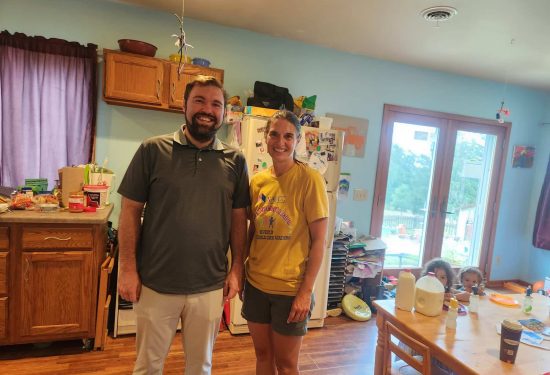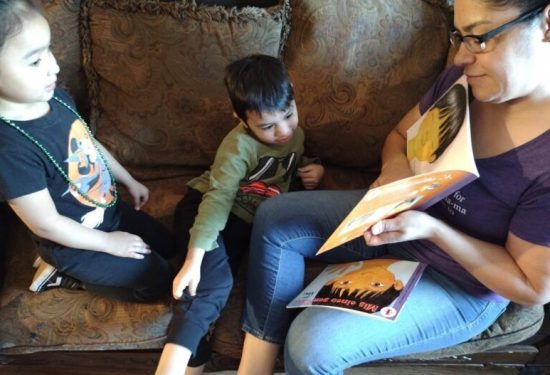Drawing from multiple focus groups conducted with network leaders and providers, this series of briefs examines the underlying values and goals of home-based child care networks, network services offered to providers, and network implementation practices that research suggests most likely contribute to positive outcomes for providers, children, and families.
Guiding this series is the Strengthening Home-based Child Care Networks brief which describes a set of 11 evidence-based benchmarks and indicators for high- quality networks grouped into three broad categories: “Why” benchmarks unpack fundamental values and goals of a network; “What” benchmarks articulate network services that meet goals for providers, children, and families; “How” benchmarks reflect evidence-based implementation strategies used by networks.
Supporting Providers as Equal Partners also available in Spanish and Chinese:
Supporting Providers’ Economic Well- Being and Sustainability
Network Practices Around Equity and Social Justice also available in Spanish:



